Osteochondral Lesion Of The Talar Dome Treatment
Osteochondral lesion of the talar dome treatment. An acute displaced osteochondral lesion of the talus which is larger than 75 mm or larger than one third of the talar dome in young patients can be successfully treated with an open reduction and internal fixation of the fragment. However according to our mid- and long-term results we suggest that stage III and IV talar dome lesions can be treated successfully using local autogenous osteochondral grafts from the medial or lateral talar articular facet. In case of bone loss a direct cancellous graft may be used.
This term covers a wide spectrum of pathologies including subchondral contusion osteochondritis dissecans osteochondral fracture and osteoarthritis resulting from longstanding disease. There were 18 female and 30 male patients with a mean age of 26 years range 14 to 56 years. Osteochondral lesions OCL of the talus are defined as any damage involving both articular cartilage and subchondral bone of the talar dome.
Depending on the type of injury the leg may be placed in a cast or cast boot to protect the talus. Non-Surgical Treatment Treatment depends on the severity of the talar dome lesion. If the lesion is stable without loose pieces of cartilage or bone one or more of the following non-surgical treatment options may be considered.
The common treatment strategies of symptomatic osteochondral lesions include nonsurgical treatment with rest cast immobilisation and use of nonsteroidal anti-inflammatory drugs NSAIDs. Large cystic osteochondral lesions of the talus OLT are challenging pathological conditions to treat but particulated juvenile cartilage allografts PJCAs supplemented with bone grafts are a promising therapeutic option. Surgical treatment in a series of 30 cases In case of localized necrosis we propose arthroscopic perforation curettage.
The knee and the ankle joint are the most commonly involved joints for OCLs in the lower extremity. The long-term success of preventing late joint degenerative changes has yet to be determined using our technique. Diagnosis can be made with plain ankle radiographs.
TREATMENT OF A LARGE OSTEOCHONDRAL LESION POTHOLE IN THE TALAR DOME J. Treatment depends on the severity of the talar dome lesion. Osteochondral lesions OCLs are focal articular injuries of the subchondral bone and the cartilage with a multifaceted cause trauma ligament instability ischemic necrosis malalignment endocrine diseases and others.
Osteochondral Lesions of the Talus are focal injuries to the talar dome with variable involvement of the subchondral bone and cartilage which may be caused by a traumatic event or repetitive microtrauma. If the lesion is stable without loose pieces of cartilage or bone one or more of the following nonsurgical treatment options may be considered.
6 linhas Osteochondral allografting typically is performed for the treatment of large talar shoulder.
Osteochondral lesions of the talar dome. Diagnosis can be made with plain ankle radiographs. The purpose of this project was to further elucidate the role of PJCA with concomitant bone autografts for treating large cystic OLTs with extensive. The common treatment strategies of symptomatic osteochondral lesions include nonsurgical treatment with rest cast immobilisation and use of nonsteroidal anti-inflammatory drugs NSAIDs. There were 18 female and 30 male patients with a mean age of 26 years range 14 to 56 years. This term covers a wide spectrum of pathologies including subchondral contusion osteochondritis dissecans osteochondral fracture and osteoarthritis resulting from longstanding disease. Large cystic osteochondral lesions of the talus OLT are challenging pathological conditions to treat but particulated juvenile cartilage allografts PJCAs supplemented with bone grafts are a promising therapeutic option. If the lesion is stable without loose pieces of cartilage or bone one or more of the following nonsurgical treatment options may be considered. In case of bone loss a direct cancellous graft may be used.
Osteochondral lesions OCL of the talus are defined as any damage involving both articular cartilage and subchondral bone of the talar dome. The common treatment strategies of symptomatic osteochondral lesions include nonsurgical treatment with rest cast immobilisation and use of nonsteroidal anti-inflammatory drugs NSAIDs. The knee and the ankle joint are the most commonly involved joints for OCLs in the lower extremity. If the lesion is stable without loose pieces of cartilage or bone one or more of the following non-surgical treatment options may be considered. If the lesion is stable without loose pieces of cartilage or bone one or more of the following nonsurgical treatment options may be considered. This term covers a wide spectrum of pathologies including subchondral contusion osteochondritis dissecans osteochondral fracture and osteoarthritis resulting from longstanding disease. The purpose of this project was to further elucidate the role of PJCA with concomitant bone autografts for treating large cystic OLTs with extensive.
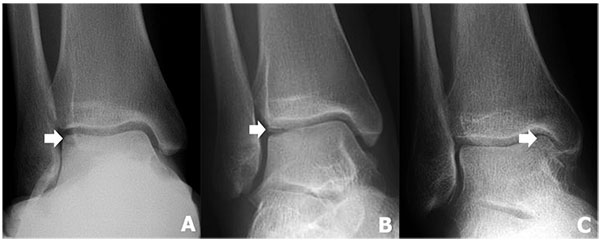
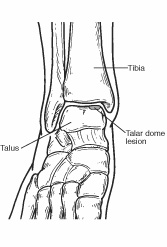


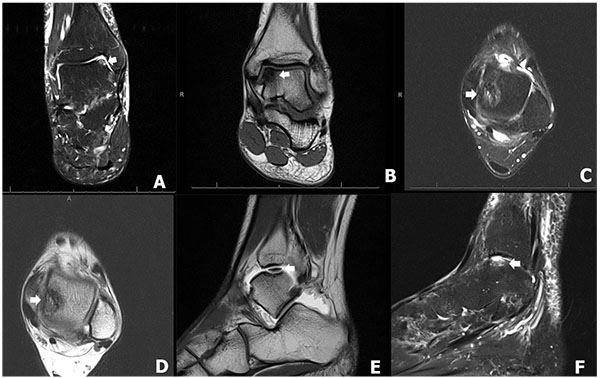
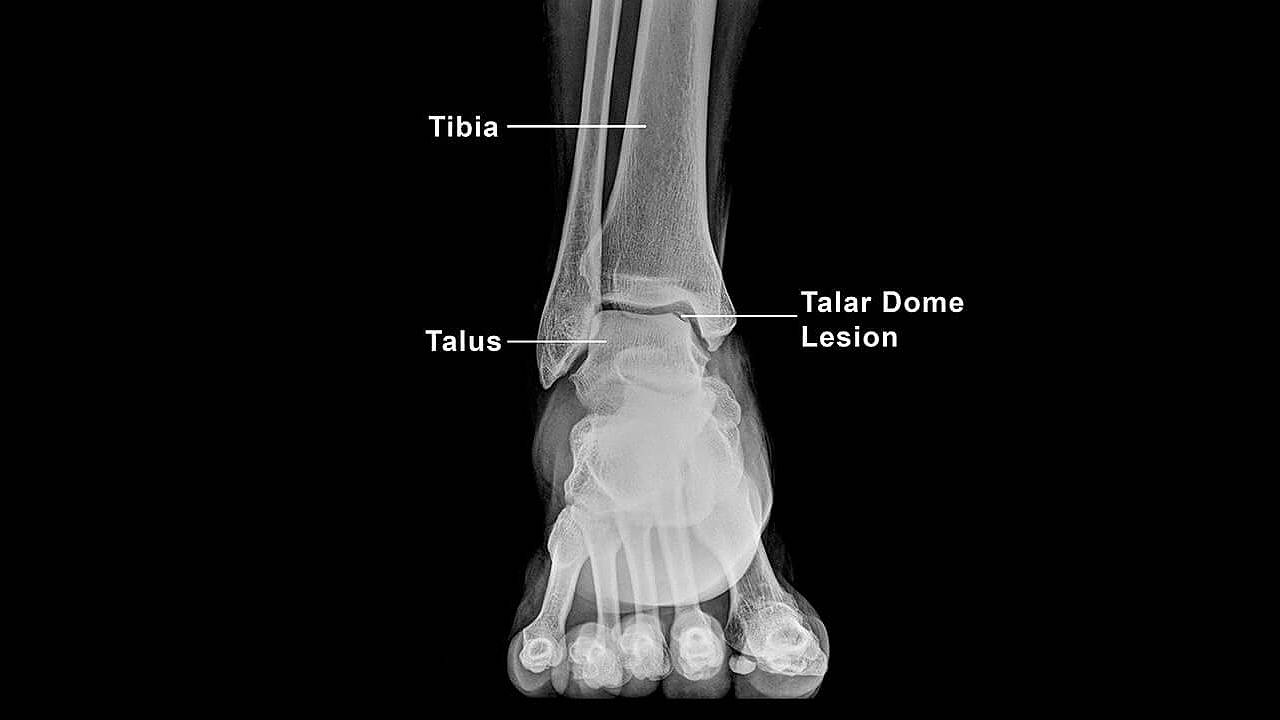

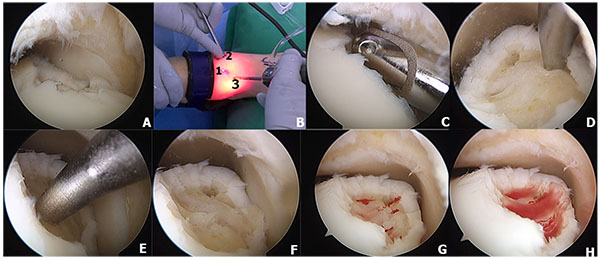



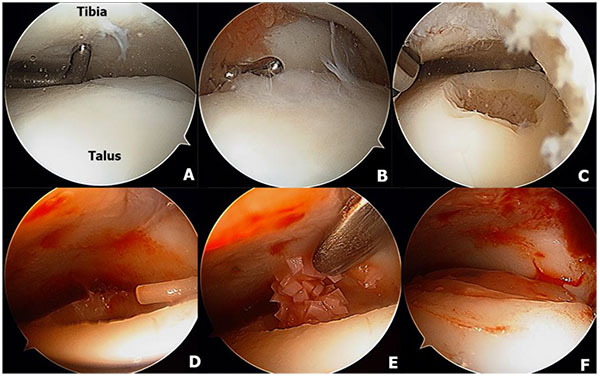
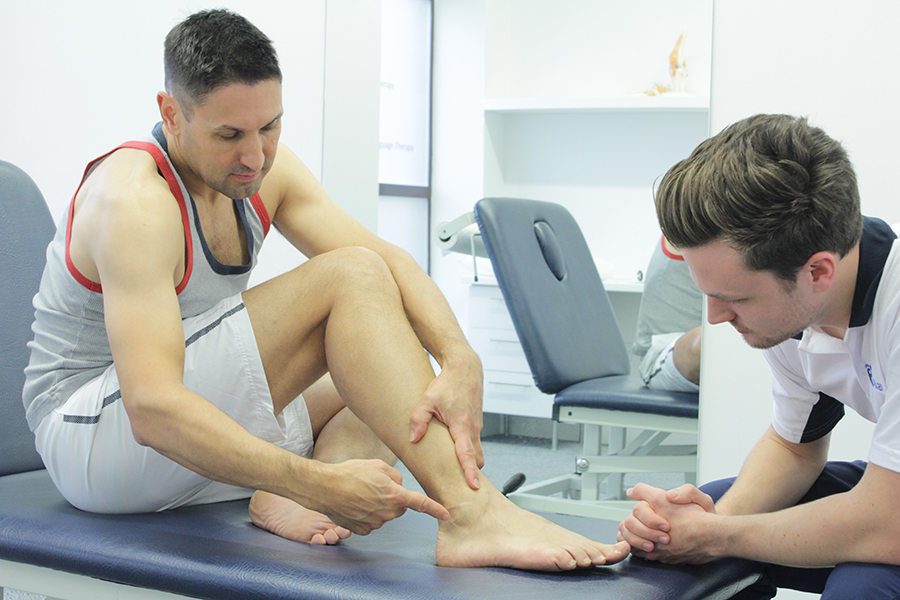

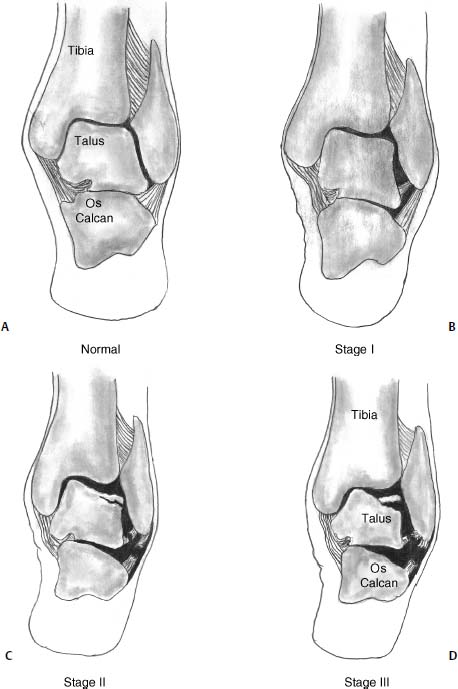
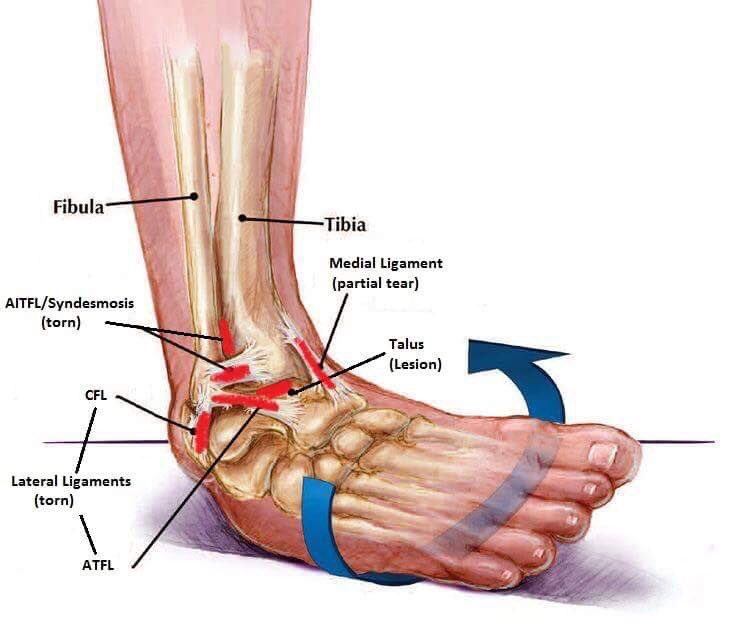








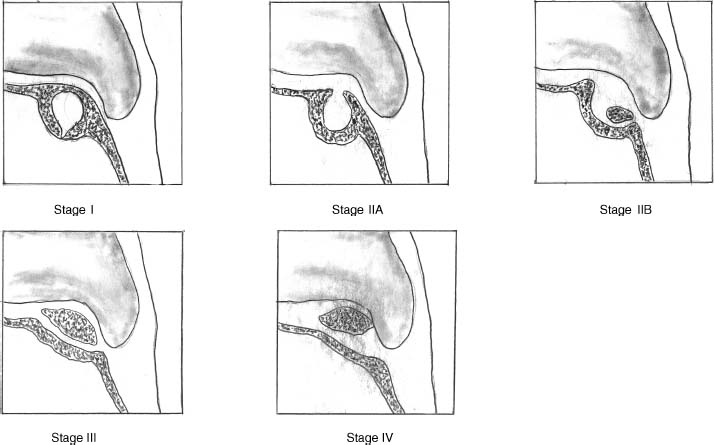

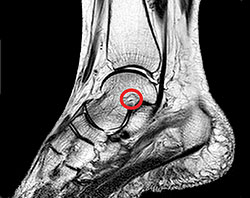



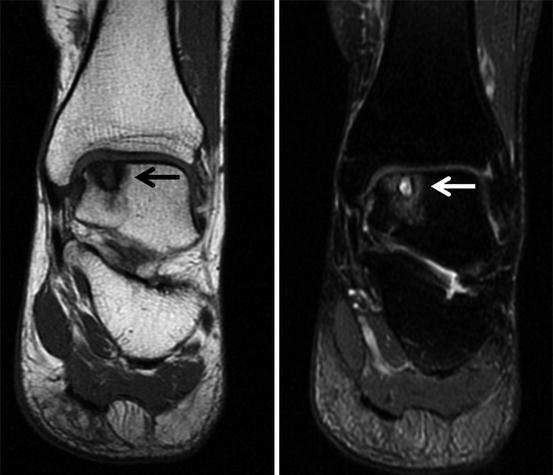

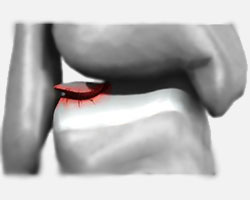






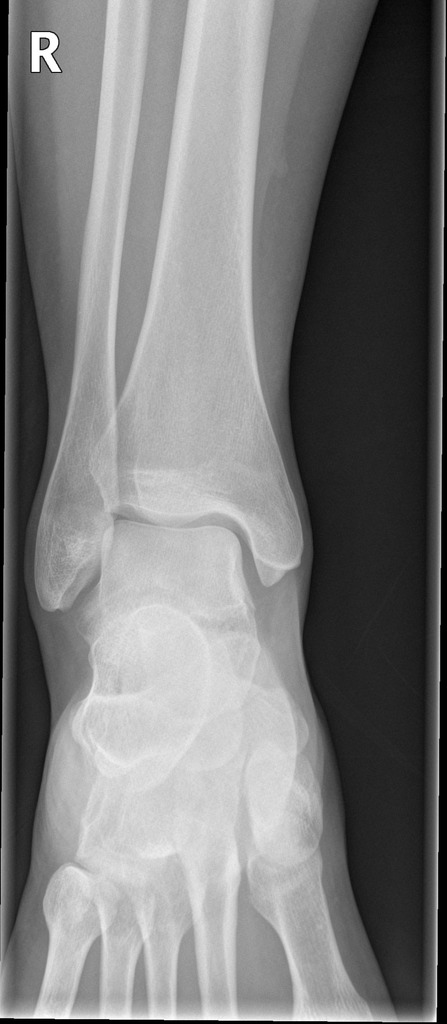
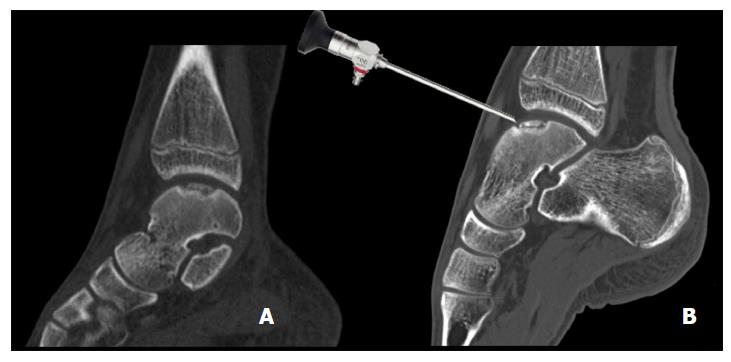
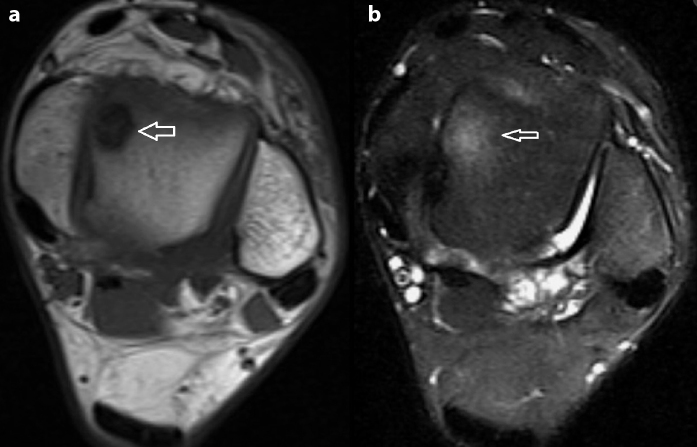
Posting Komentar untuk "Osteochondral Lesion Of The Talar Dome Treatment"